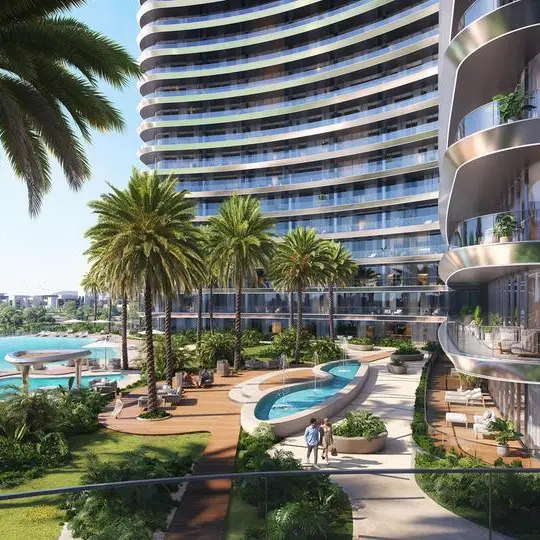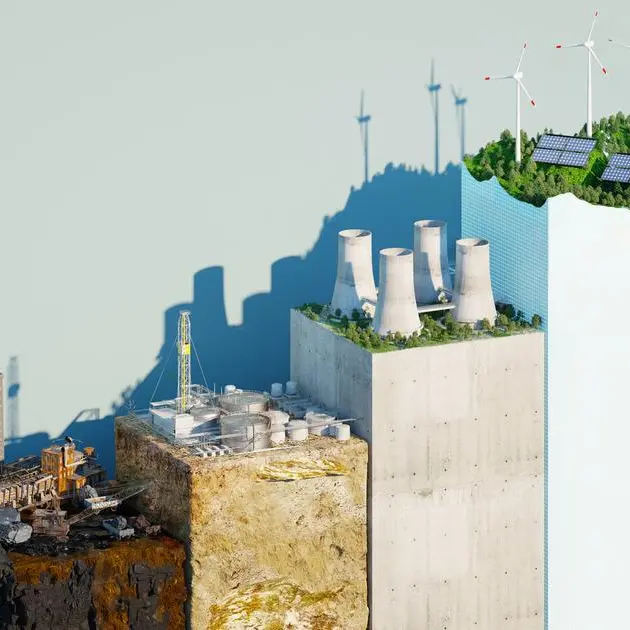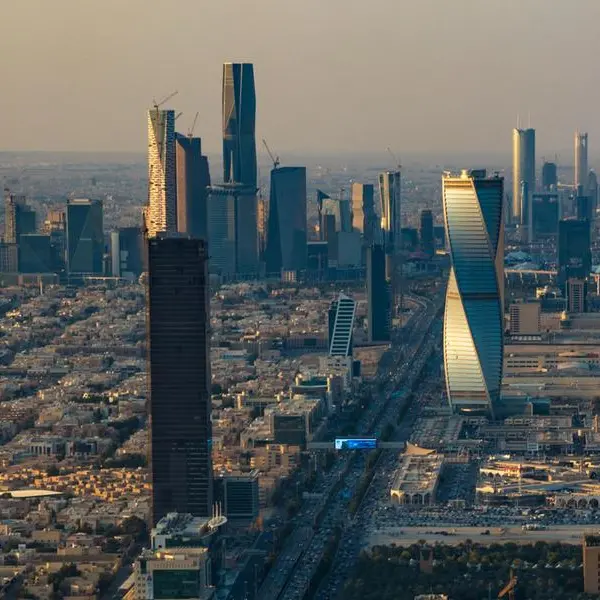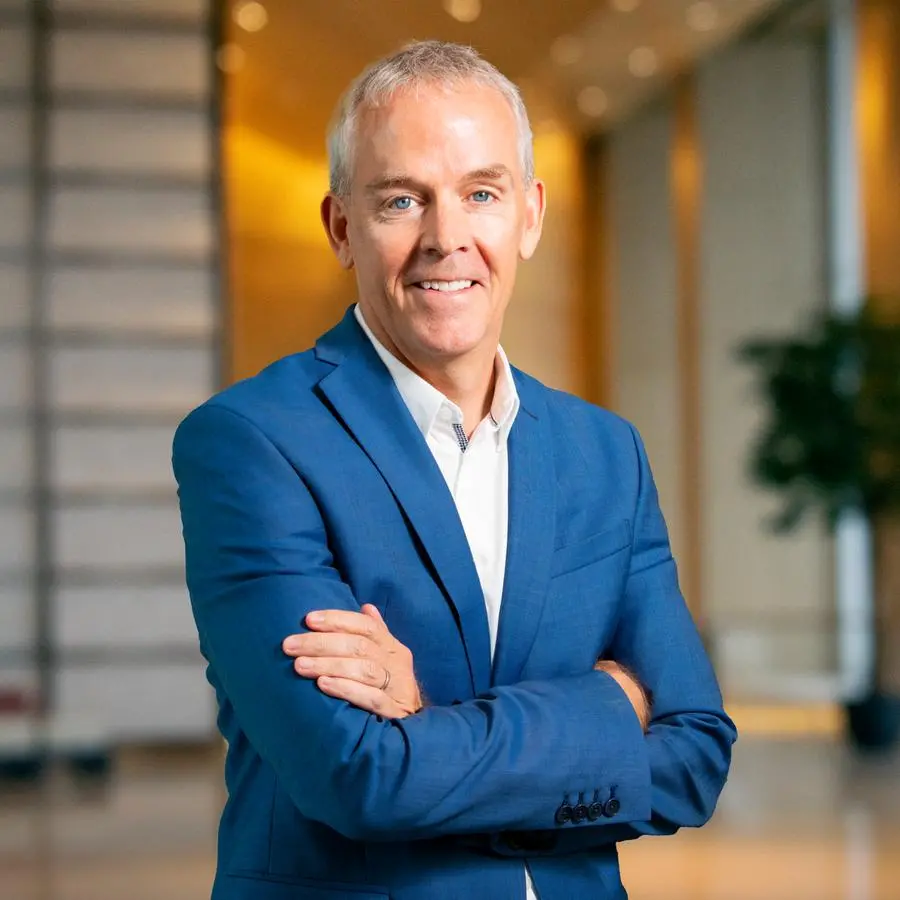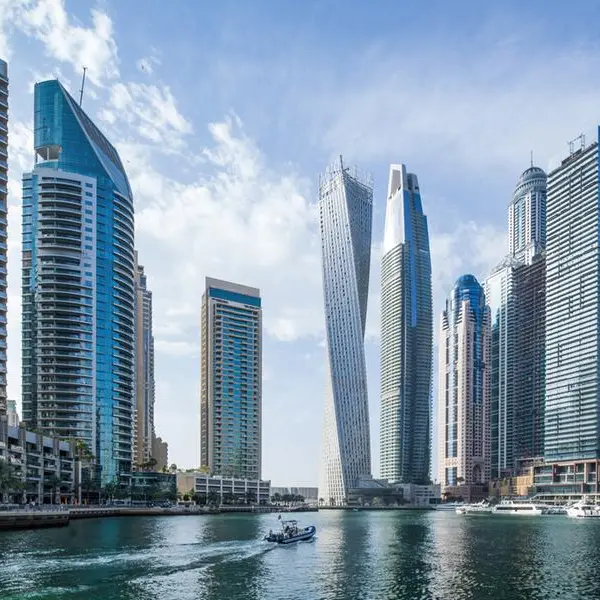Investors are getting ready to tap the renewable energy sector, reports Ahmed Kotb
"About $5 billion worth of investments in renewable energy projects are waiting for the feed-in tariffs to be approved by the government," says Tamer Al-Mahdi, chairman of O Capital, a subsidiary of Orascom Telecom Media and Technology (OTMT).
"Such investments would create about 300,000 job opportunities," he added during a signing ceremony on Monday of an agreement between O Capital and the Norwegian Renewable Energy Corporation (REC) through which REC will provide turn-key solar power solutions that are expected to lead to the establishment of solar power stations in Egypt using the latest technologies at lower cost.
The government decided in September 2014 to introduce a feed-in tariff scheme to encourage the establishment of renewable energy projects under which private companies would benefit from a fixed tariff for the power they produce from renewables.
However, the new tariff system has not yet been approved because the government is still in talks with the banks to settle on a finance plan.
The alliance between O Capital and REC, the largest European manufacturer of solar panels with more than 15 million panels produced by the end of 2014, comes after an agreement was signed between OTMT and the Egyptian government in March to establish a solar-powered electricity station in Kom Ombo about 45 km north of Aswan with a capacity of 50 megawatts and an investment cost estimated at approximately $100 million.
"We wanted to acquire the know-how for building large solar projects in Egypt instead of just letting foreign companies do that on their own," said Al-Mahdi, adding that his company, along with REC, would start building the Kom Ombo station once the tariff for renewable energy was approved.
"We are planning to build more solar energy projects in Egypt and maybe also in other countries in the future," he stated.
The potential of Egypt's renewable energy industry is great, said Luc Grare, senior vice-president of REC, adding that renewable energy projects in Egypt were now a priority because of the need for a more stable electricity grid and reduced dependency on imported natural gas.
The newly discovered gas field in the Mediterranean will take more than three years before the country benefits from supplies that will help stabilise energy needs.
"Solar-powered electricity stations are faster to develop and are cost-effective," Grare told Al-Ahram Weekly. A photovoltaic solar power project with a capacity of 20 megawatts can be built in six months, including the planning, designing and construction stages. Such projects do not have detrimental effects on the environment, meaning there are no costs for damage repair.
"Many investors are ready to participate in Egypt's growing renewable energy industry, especially since the country is now more politically stable," Grare stressed.
But he added that the regulations would have to be clear. "The new feed-in tariffs should be approved soon in order to start developing a fast-growing solar industry," he said, adding that he expected the Middle East and North Africa region to become the top region worldwide by 2017 in terms of newly added solar capacity.
According to the Egyptian Electricity Utility and Consumer Protection Regulatory Agency, a target of 4,300 MW is to be achieved from renewable energy projects over the first period of the feed-in tariffs which will last until the end of 2017. This target includes 300 MW for small photovoltaic installations, 2,000 MW for large photovoltaic installations, and the remaining 2,000 MW will be from wind energy projects.
Egypt aims to generate 20 per cent of its electricity through renewable resources by 2020, up from less than two per cent currently.
© Al Ahram Weekly 2015
